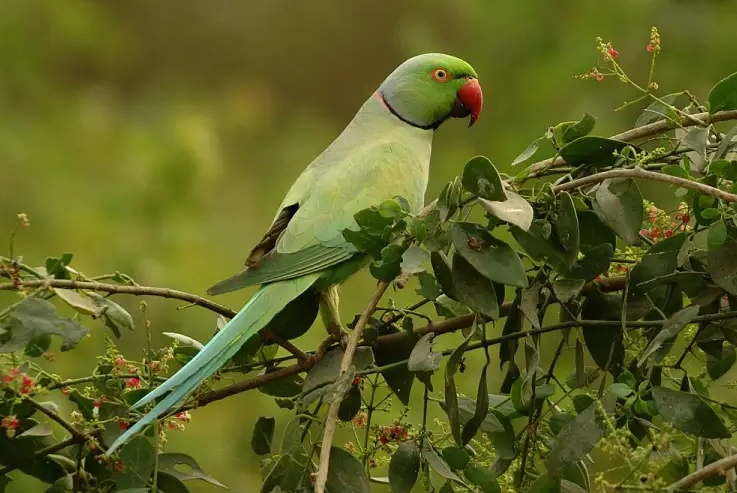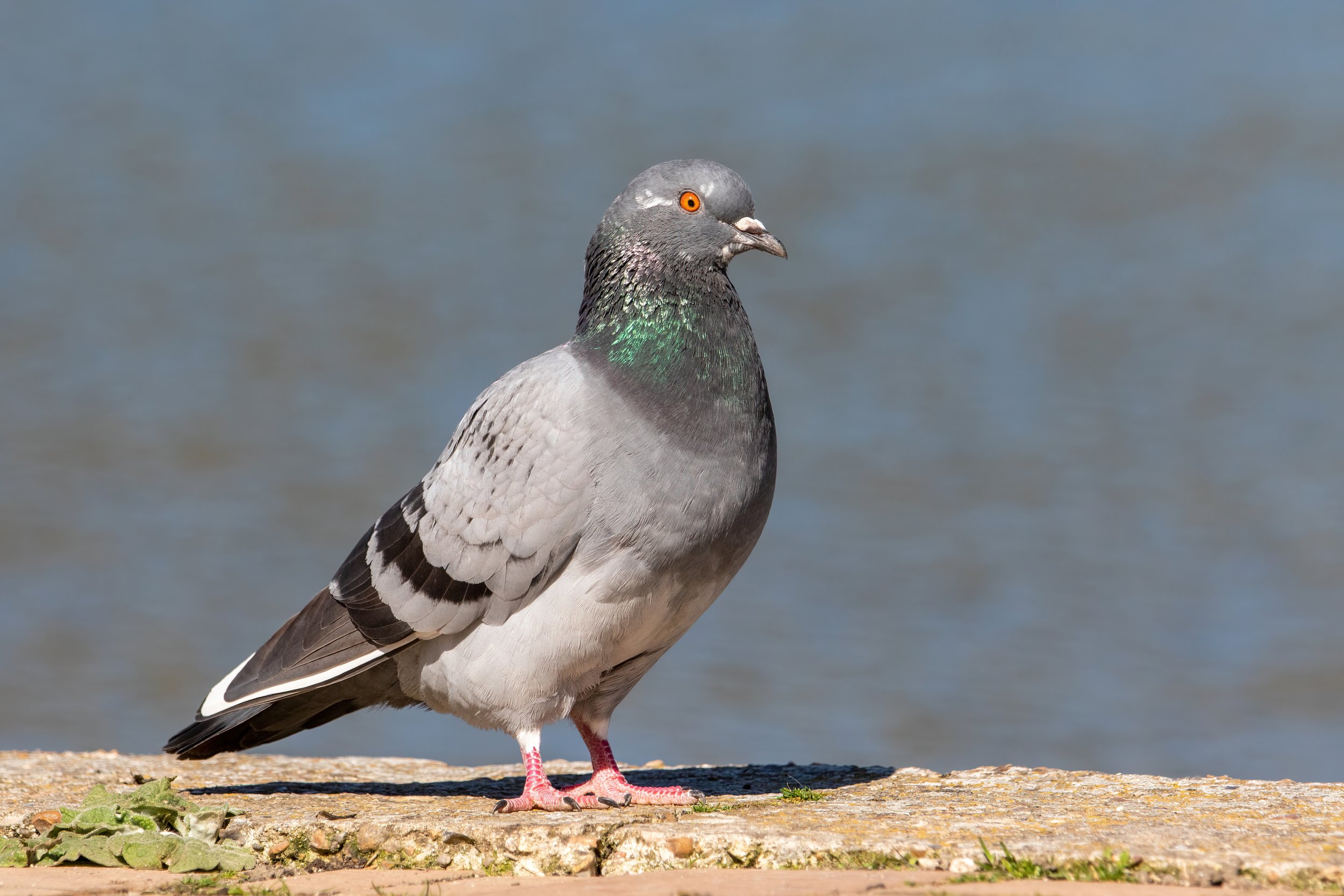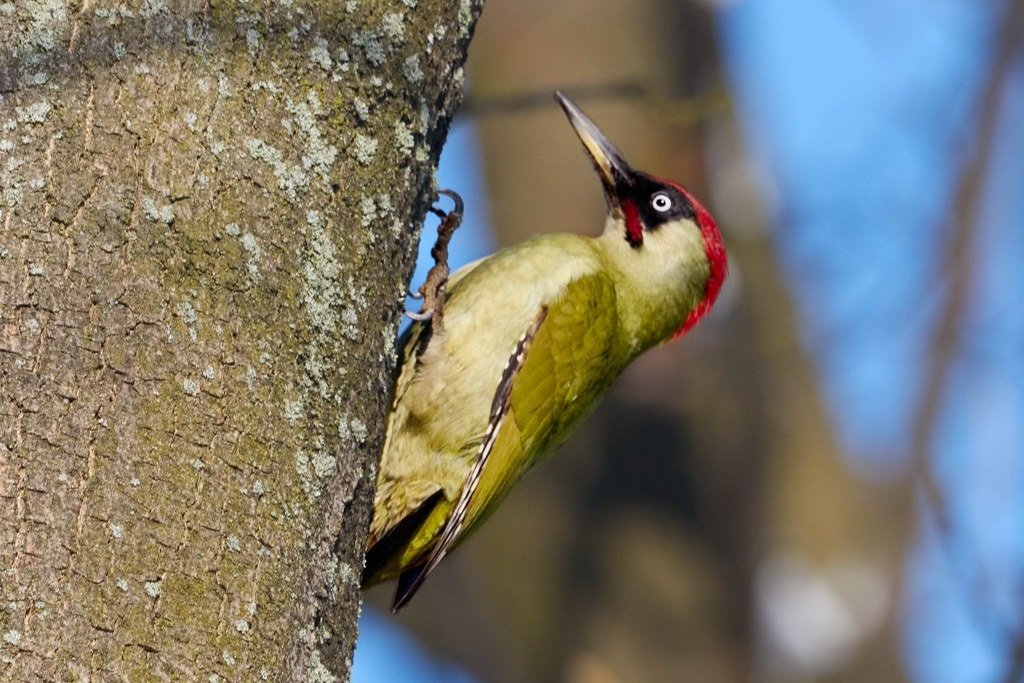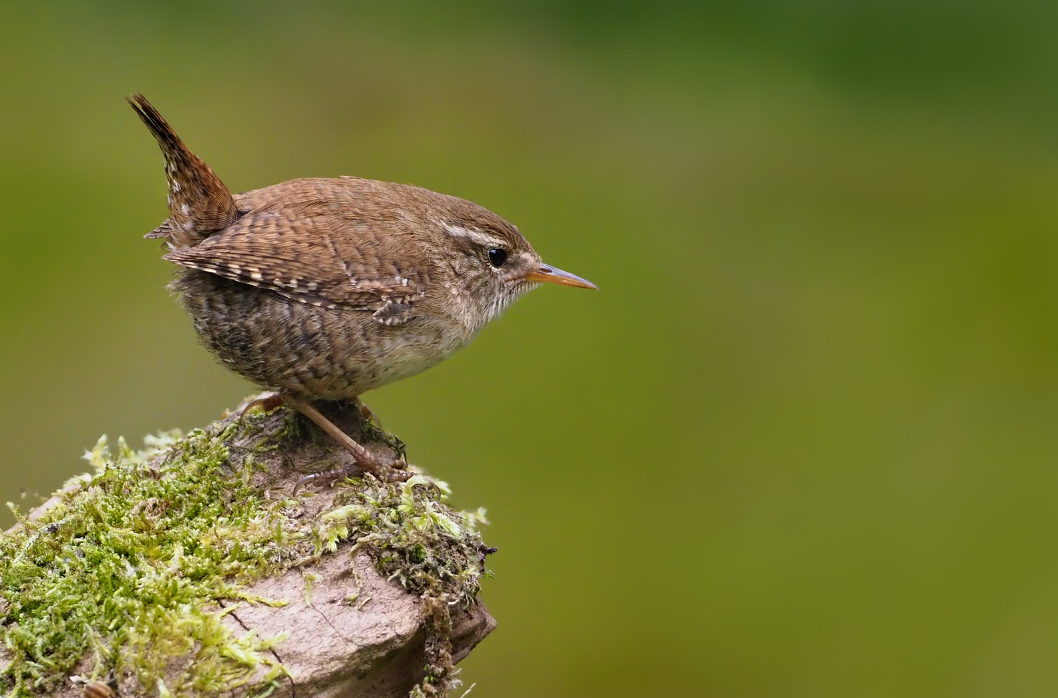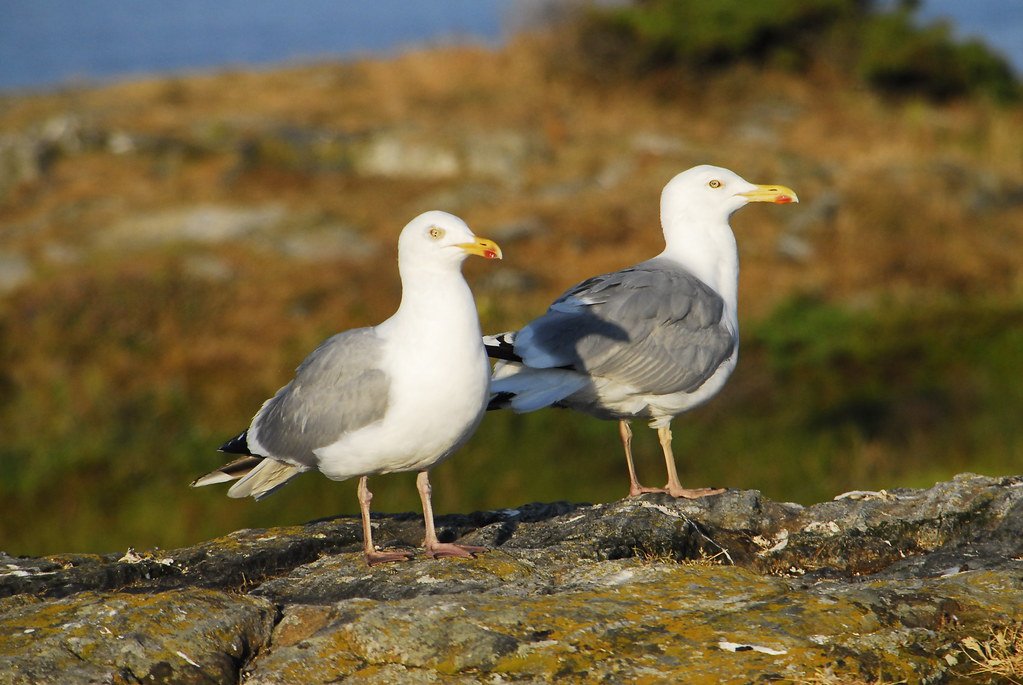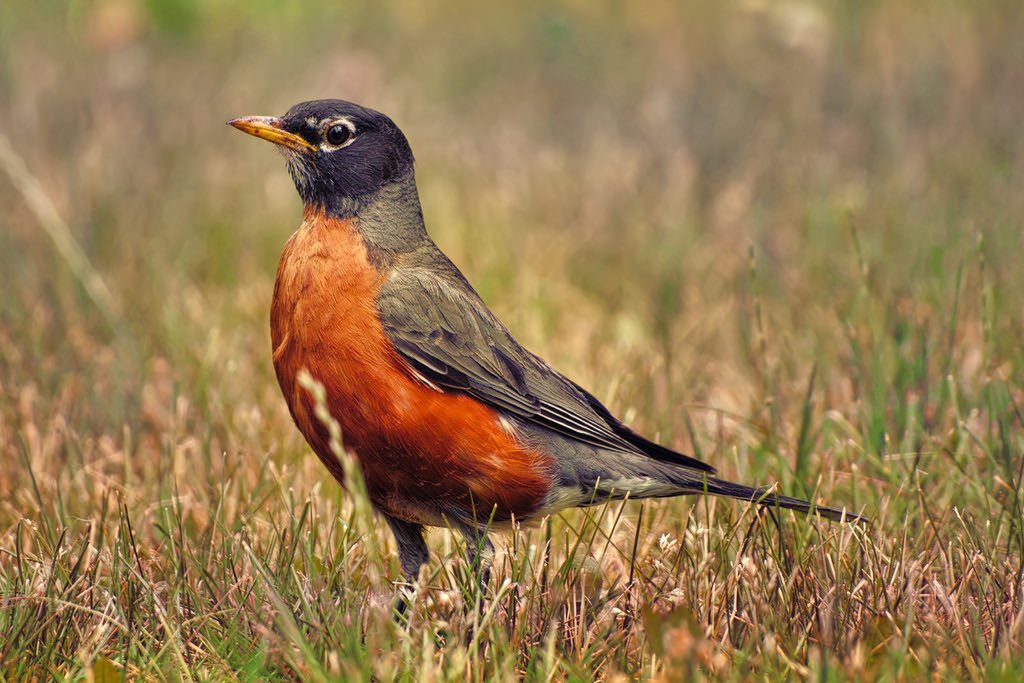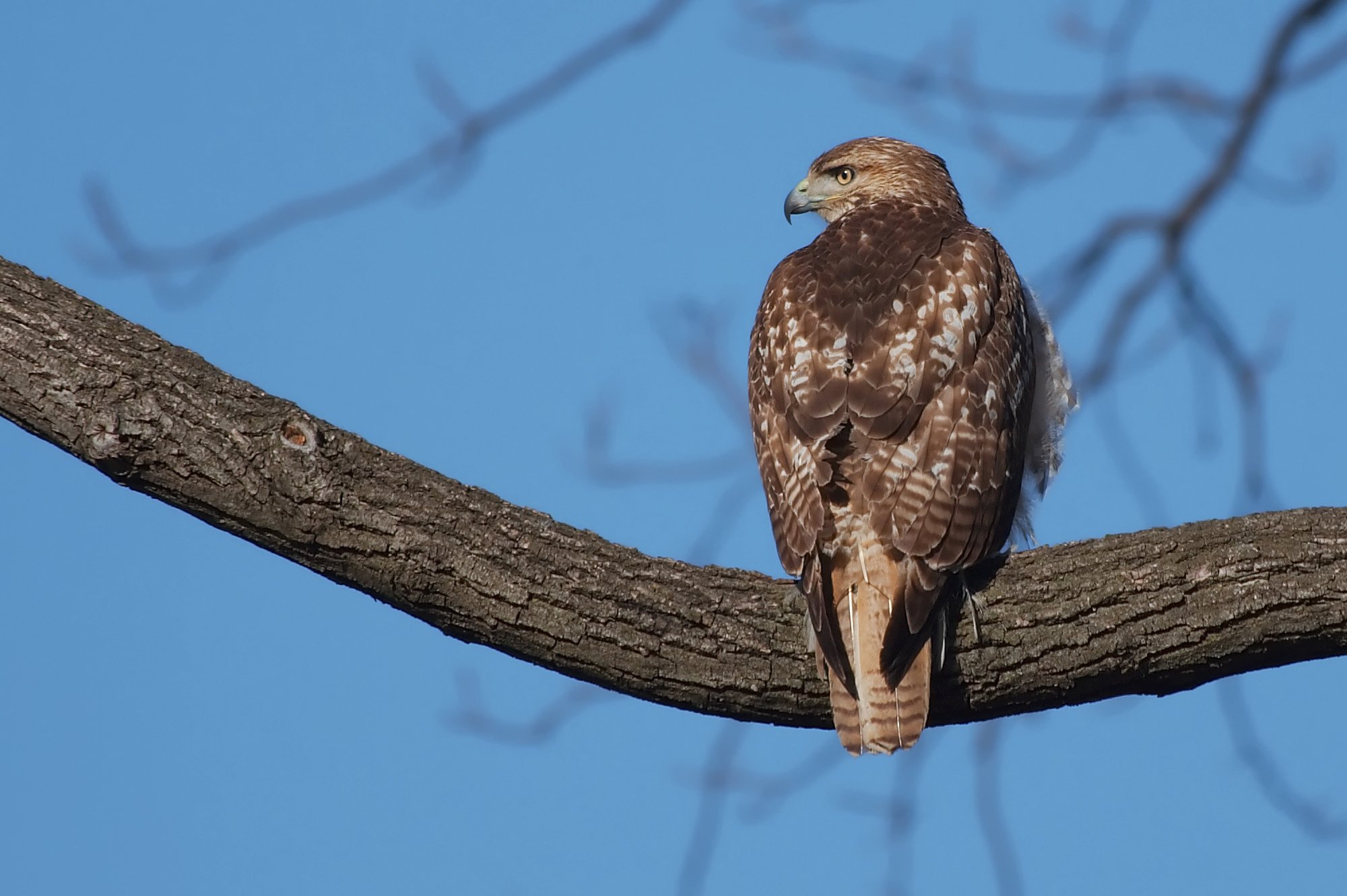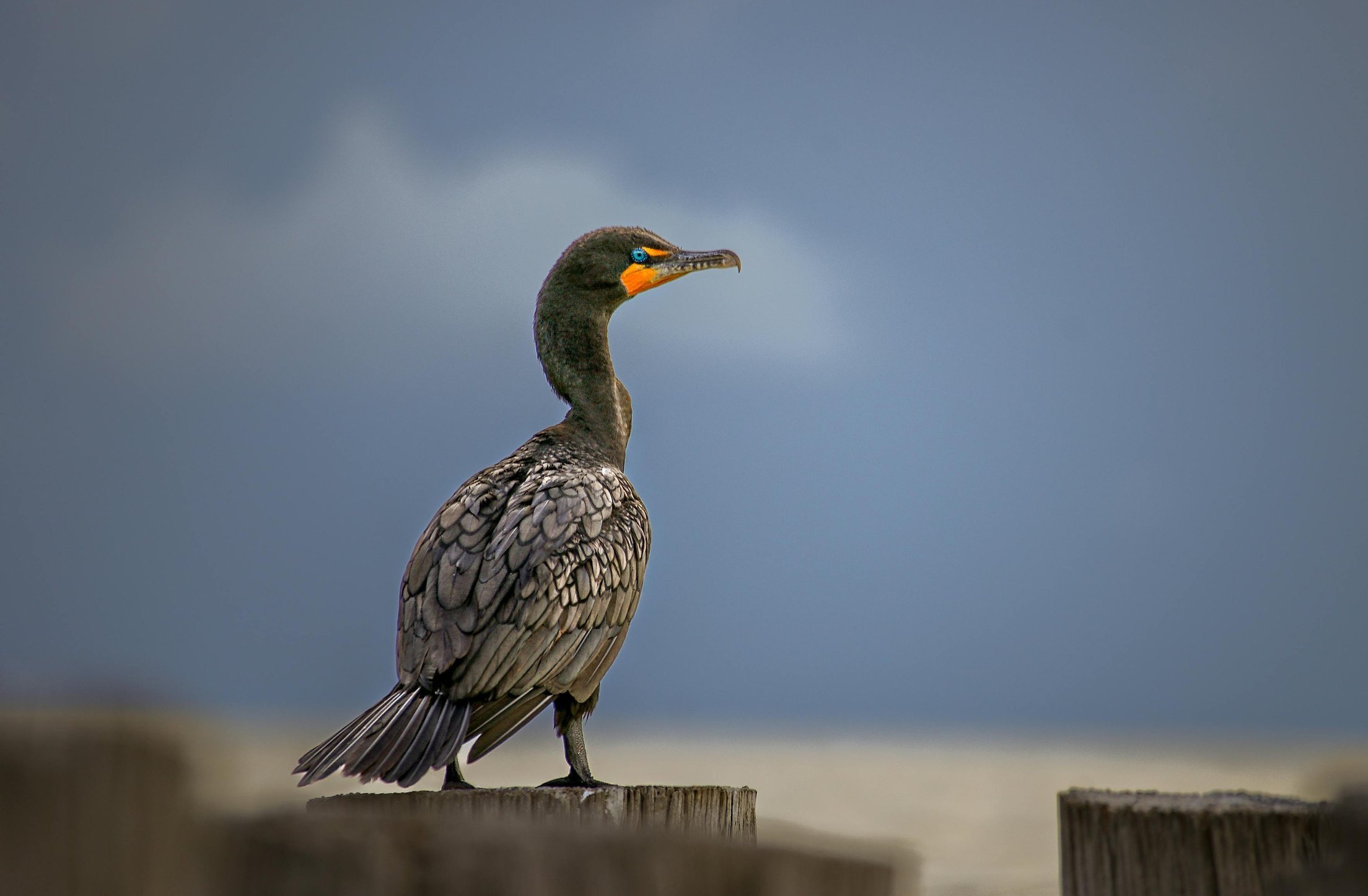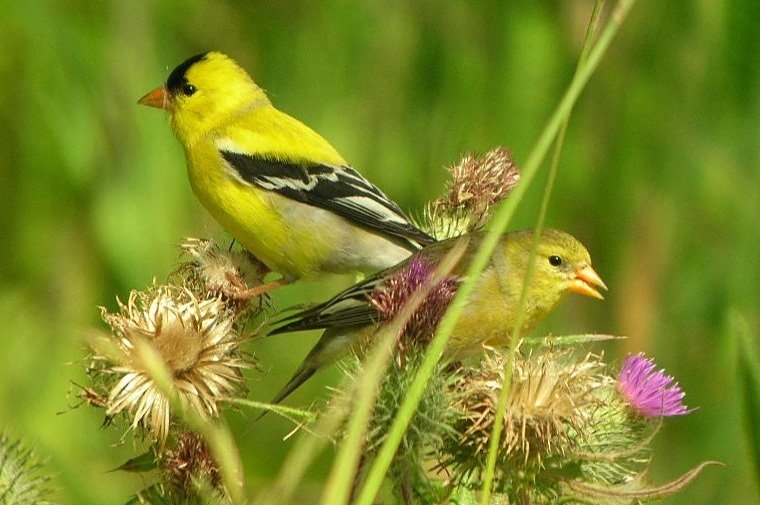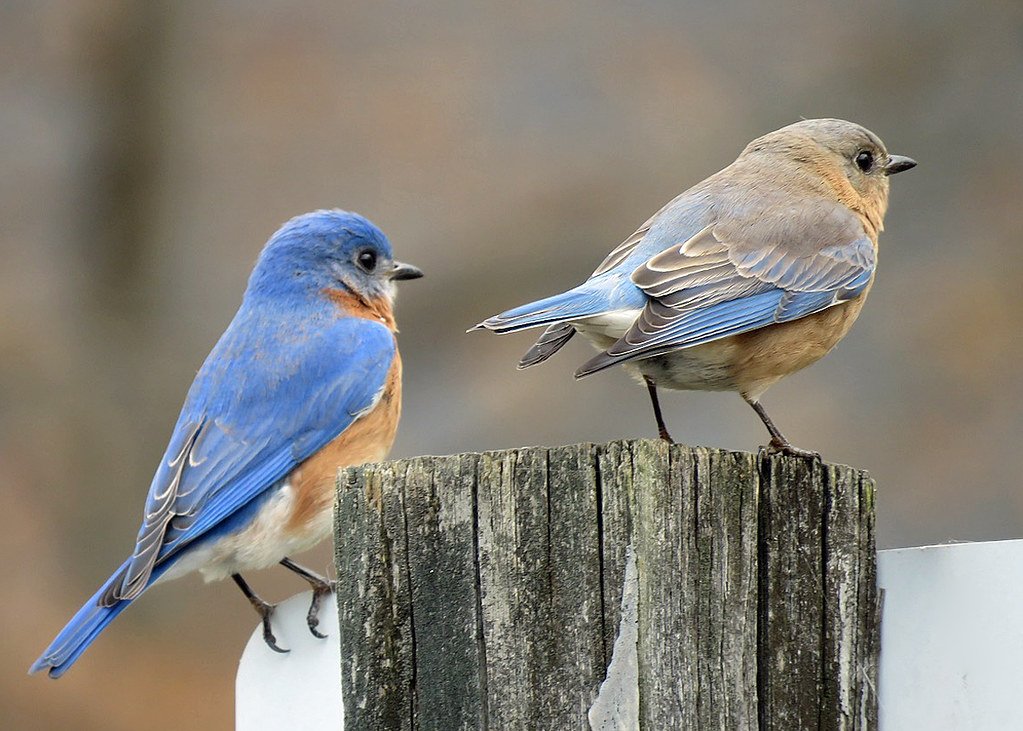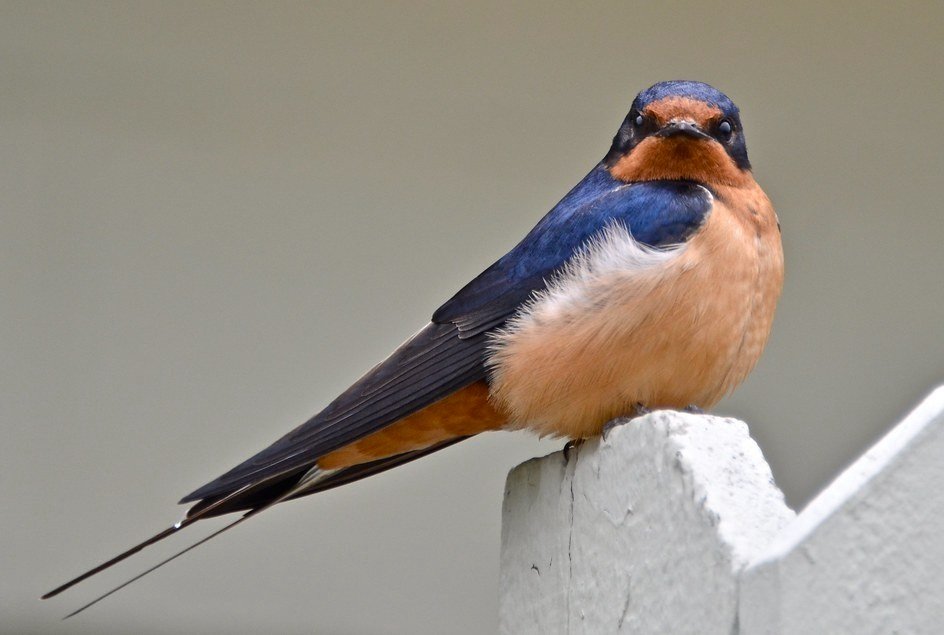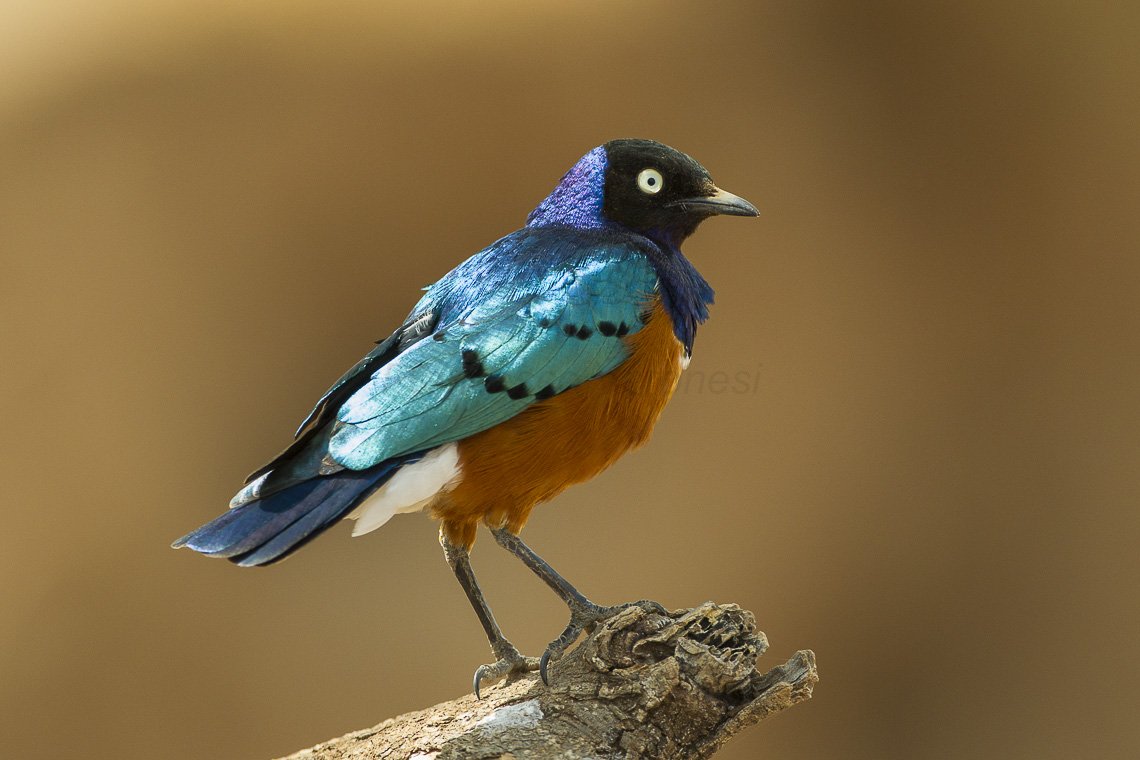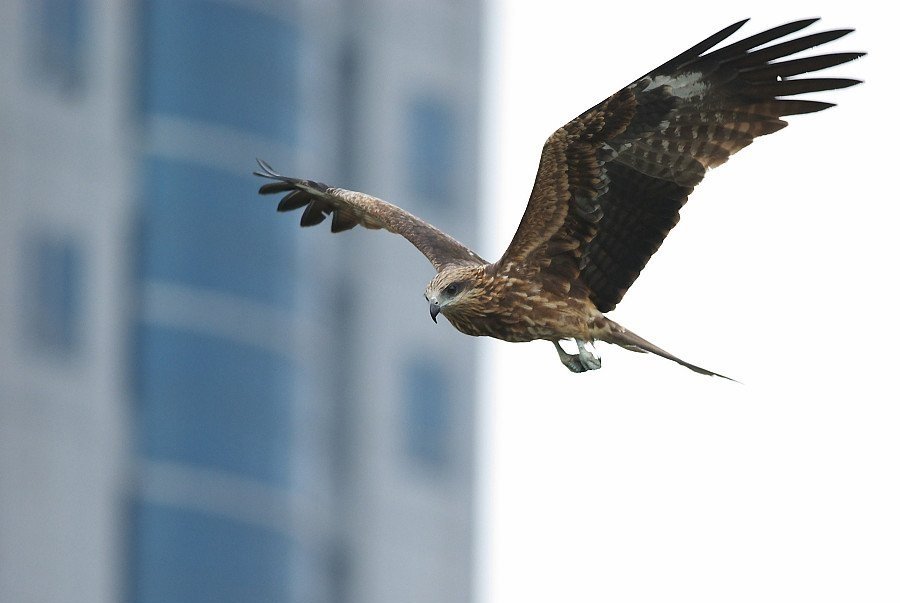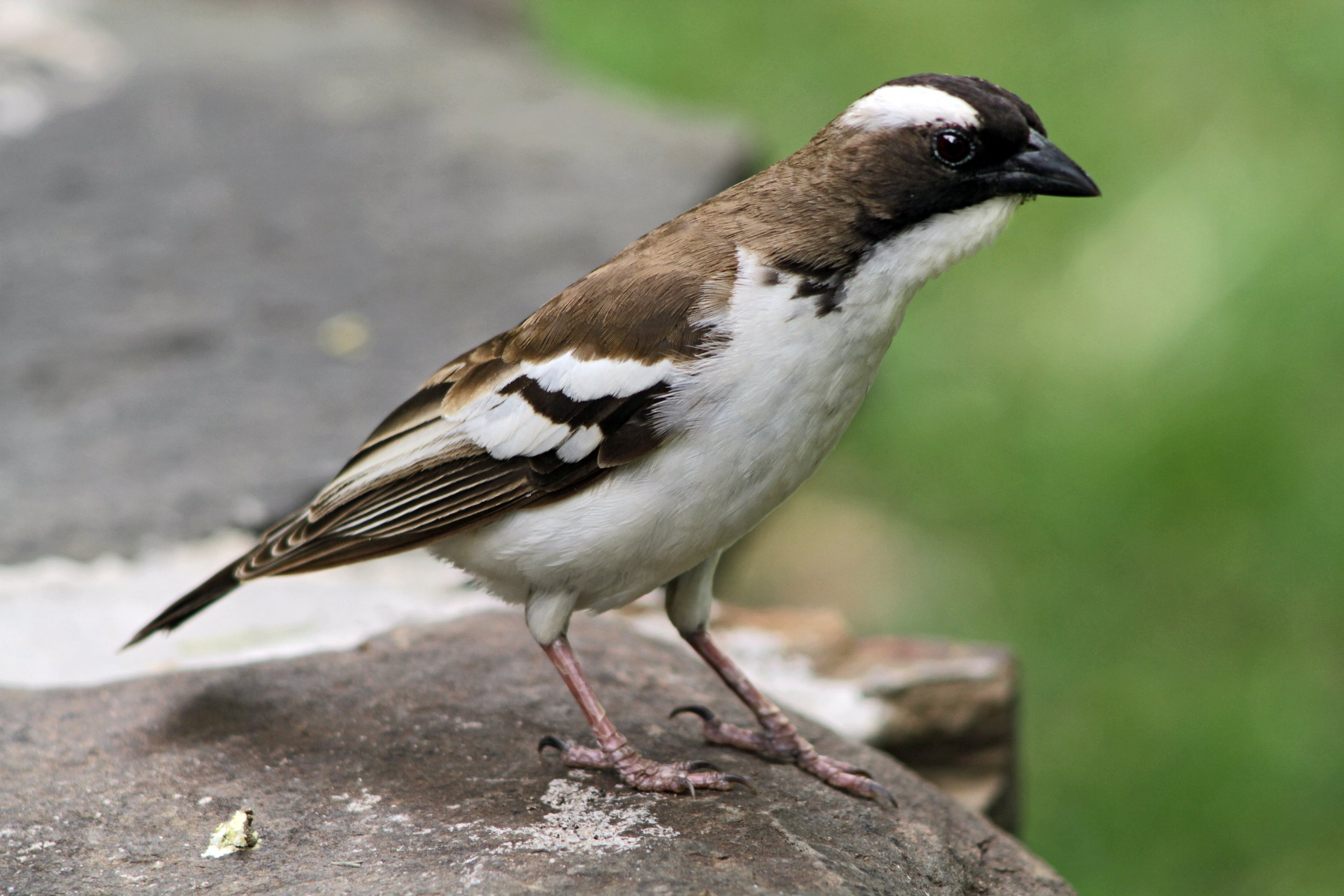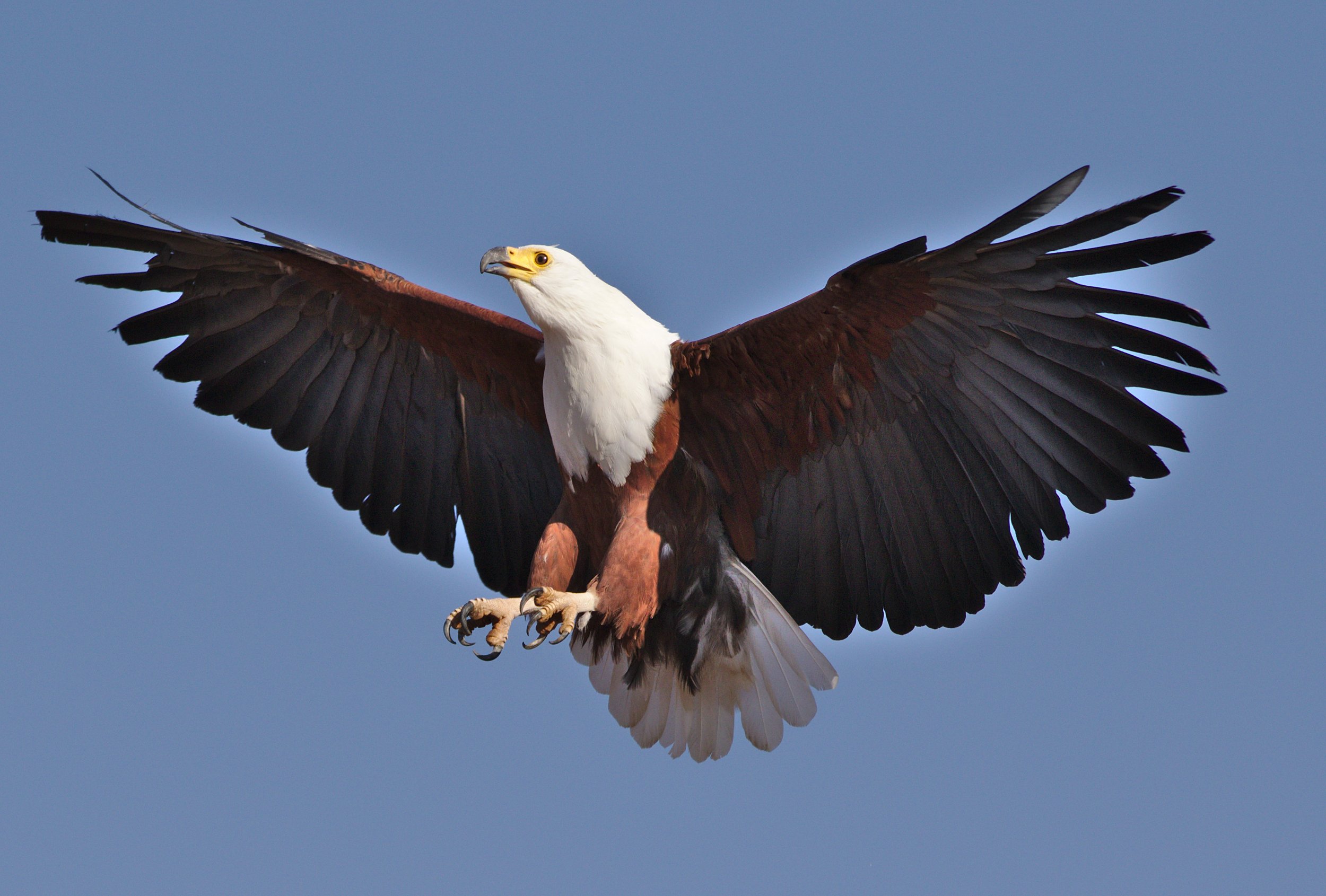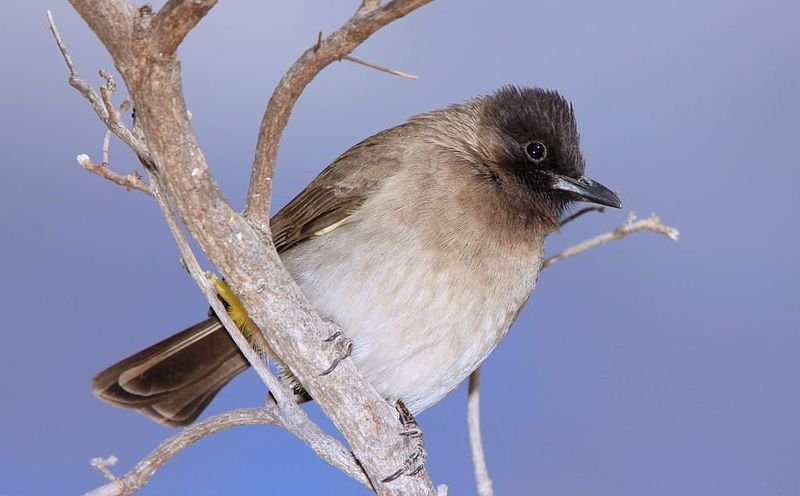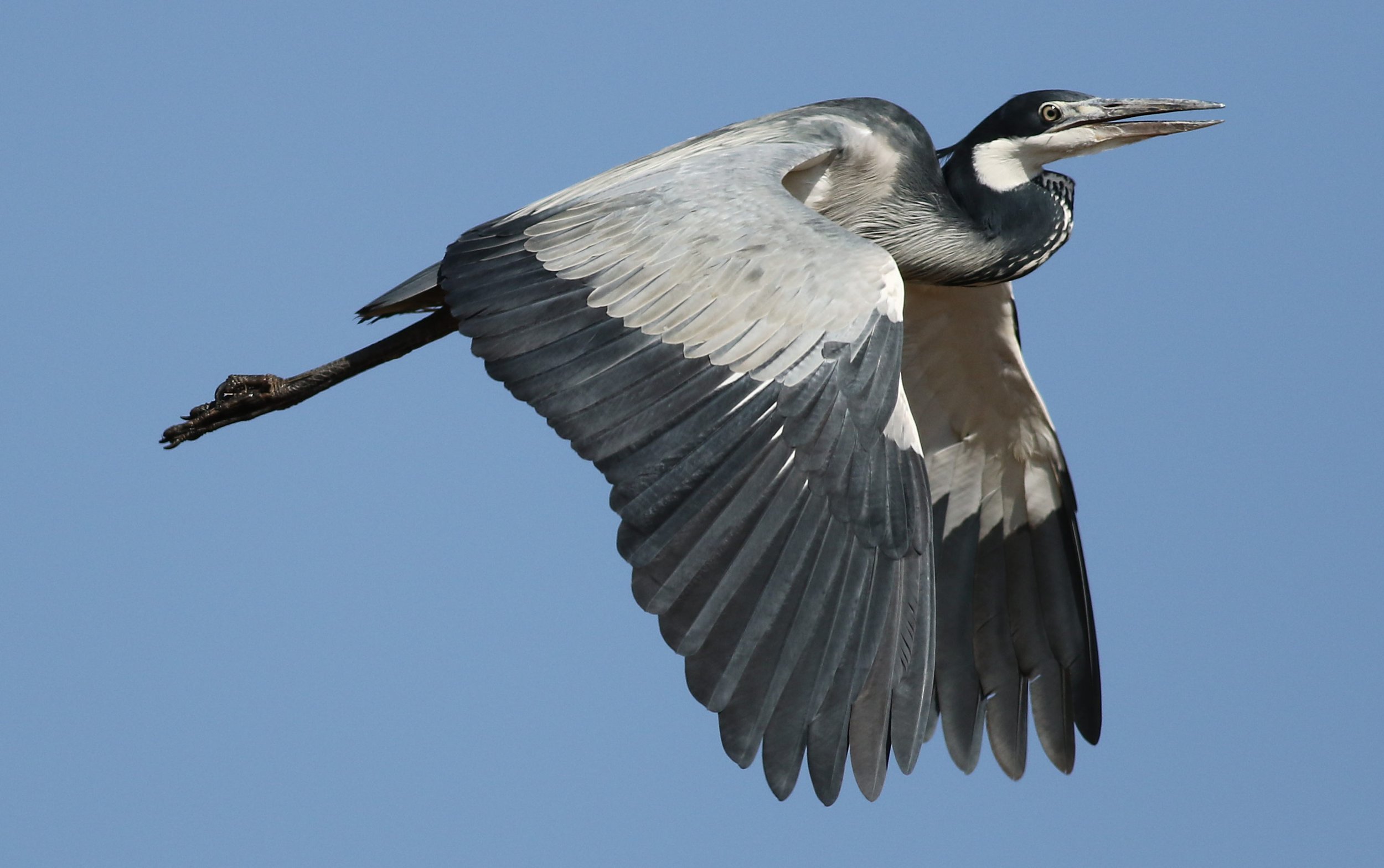London's vibrant urban landscape is not only bustling with people and culture but also home to a diverse array of bird species. From the parks and gardens to the bustling city streets, these feathered inhabitants add color, charm, and a touch of nature to the bustling metropolis. Let's explore 25 of the most commonly spotted birds in London, each with its unique characteristics and habitats.
Robin
Robins are a beloved symbol of London's natural heritage, with their distinctive red breasts and friendly demeanor. Often seen hopping along garden paths or perched on fences, they bring a touch of warmth to parks and suburban neighborhoods.
Magpie
Magpies, with their striking black-and-white plumage, are a common sight in London's parks and gardens. Known for their intelligence and curiosity, they are often seen foraging for food or investigating their surroundings with keen interest.
Great Tit
Great tits are a cheerful presence in London's woodlands and gardens, with their vibrant yellow plumage and black markings. Their energetic foraging habits and melodious calls add a splash of color and sound to the urban landscape.
Blue Tit
Blue tits, with their bright blue plumage and yellow breasts, are a common sight in London's parks and gardens. Their acrobatic flights and cheerful songs make them a delight to observe, bringing joy to city dwellers and nature enthusiasts alike.
Carrion Crow
Carrion crows, with their glossy black plumage and distinctive calls, are often seen foraging for food in London's parks and open spaces. Their intelligence and adaptability make them an integral part of the city's avian ecosystem.
Ring-necked Parakeet
Ring-necked parakeets, with their bright green plumage and raucous calls, are a colorful addition to London's urban landscape. Originally from Asia and Africa, they have established feral populations in the city's parks and gardens, where they forage for food and roost in trees.
Wood Pigeon
Wood pigeons are a common sight in London, often found perched on tree branches or foraging for food on the ground in parks and gardens. Recognized by their gentle cooing calls and subtle gray plumage, they contribute to the city's tranquil ambiance.
Feral Pigeon
Feral pigeons, descendants of domesticated rock pigeons, are ubiquitous in London's urban areas. With their gray plumage and iridescent neck feathers, they are often seen congregating in city squares and along busy streets, scavenging for food scraps.
Starling
London's parks and open spaces come alive with the sounds of starlings, known for their iridescent plumage and synchronized aerial displays. Their melodious calls and murmurations are a captivating sight, adding to the city's avian diversity.
Blackbird
The blackbird's glossy black plumage and bright orange beak make it a common sight in London's gardens and green spaces. Their melodious songs fill the air, providing a soothing backdrop to urban life.
Mute Swan
Mute swans, with their graceful white plumage and orange bills, are a majestic sight on London's waterways. Often seen gliding across ponds and lakes or preening on riverbanks, they are a symbol of beauty and elegance in the urban environment.
Black-headed Gull
Black-headed gulls are a common sight along London's rivers and waterways, with their distinctive black hoods and white plumage. Often seen diving for fish or scavenging for food on riverbanks, they are a familiar presence in the city's avian community.
Collared Dove
Collared doves are a peaceful presence in London's gardens and suburban neighborhoods, with their soft gray plumage and gentle cooing calls. Often seen perched on rooftops or foraging for food on the ground, they contribute to the city's tranquil ambiance.
Goldfinch
Goldfinches, with their vibrant red, black, and yellow plumage, are a colorful addition to London's parks and gardens. Their cheerful songs and acrobatic flight make them a joy to observe, adding a touch of beauty and elegance to the urban landscape.
House Sparrow
House sparrows are a common sight in London's parks, gardens, and urban areas, with their brown plumage and cheerful chirping calls. Often seen foraging for food or bathing in puddles, they are a familiar presence in the city's neighborhoods.
Dunnock
Dunnocks, with their subtle brown plumage and slender bills, are often spotted hopping along the ground in London's parks and gardens. Their quiet, melodious songs add a peaceful ambiance to the urban landscape.
Chaffinch
Chaffinches, with their colorful plumage and cheerful songs, are a delightful sight in London's woodlands and gardens. Often seen perched on tree branches or foraging for food on the ground, they bring a touch of beauty and vitality to the urban environment.
Mallard
Mallards are a common sight on London's ponds, rivers, and waterways, with their distinctive green heads and yellow bills. Often seen dabbling in the water or preening on riverbanks, they are a familiar presence in the city's aquatic habitats.
Great Spotted Woodpecker
Great spotted woodpeckers are a thrilling sight in London's woodlands and parks, with their striking black and white plumage and red caps. Often seen drumming on tree trunks or probing for insects, they are a testament to the city's natural diversity.
Green Woodpecker
Green woodpeckers are a common sight in London's parks and woodlands, known for their striking green plumage and distinctive laughing calls. Often seen foraging for ants and other insects, they play an important role in the city's ecosystem.
Nuthatch
Nuthatches, with their compact bodies and powerful bills, are a common sight in London's woodlands and parks. Often seen clinging to tree trunks or probing for insects in bark crevices, they bring a sense of energy and vitality to the urban landscape.
Song Thrush
Song thrushes are a melodious presence in London's parks and gardens, with their distinctive spotted plumage and clear, flute-like songs. Often seen hopping along the ground or perched on tree branches, they add a touch of charm and beauty to the urban environment.
Eurasian Jay
Eurasian jays, with their striking blue and white plumage, are a common sight in London's parks and woodlands. Known for their intelligence and shy demeanor, they are often seen foraging for acorns and other food items, their raucous calls echoing through the trees.
Greenfinch
Eurasian greenfinches, with their vibrant green plumage and cheerful songs, are a welcome sight in London's parks and gardens. Often seen perched on tree branches or foraging for food on the ground, they bring a touch of color and vitality to the urban landscape.
Jackdaw
Eurasian jackdaws, with their sleek black plumage and gray necks, are a common sight in London's parks and urban areas. Known for their intelligence and social behavior, they are often seen foraging for food or roosting in trees with their flock mates.
Wren
Eurasian wrens are a common sight in London's woodlands and gardens, known for their small size and intricate plumage. Their cheerful trilling calls and energetic foraging habits add a touch of magic to the urban landscape, delighting city dwellers and nature enthusiasts alike.
Long-tailed Tit
Long-tailed tits are a delightful sight in London's woodlands and parks, with their fluffy plumage and long tails. Often seen flitting from branch to branch in small flocks, they bring a sense of playfulness to the urban landscape.
Coal Tit
Coal tits are small, energetic birds commonly found in London's woodlands and gardens. With their distinctive black caps and white cheeks, they are often seen hopping along tree branches or foraging for insects in bark crevices.
Herring Gull
Herring gulls are a familiar sight along London's rivers and waterways, with their distinctive white plumage and gray wings. Often seen soaring overhead or perched on rooftops, they are a symbol of the city's maritime heritage.





